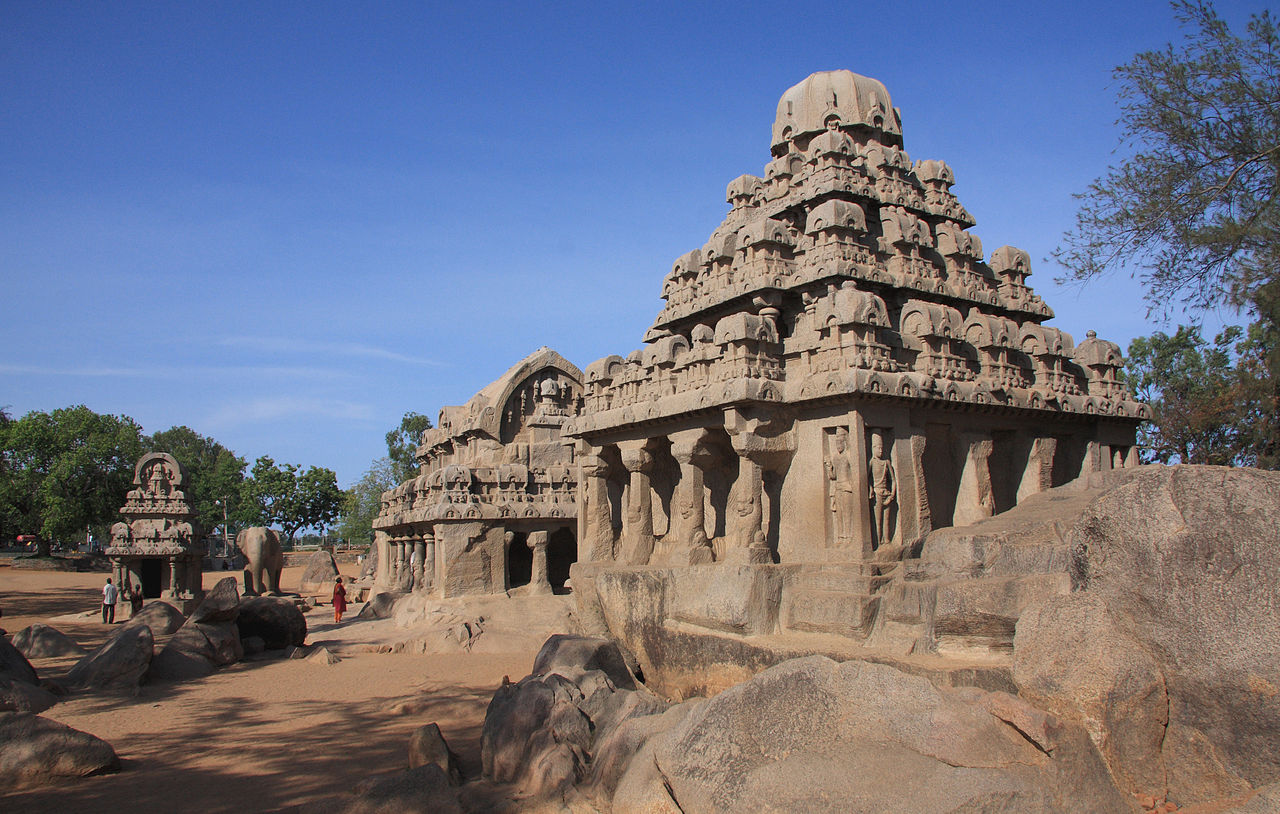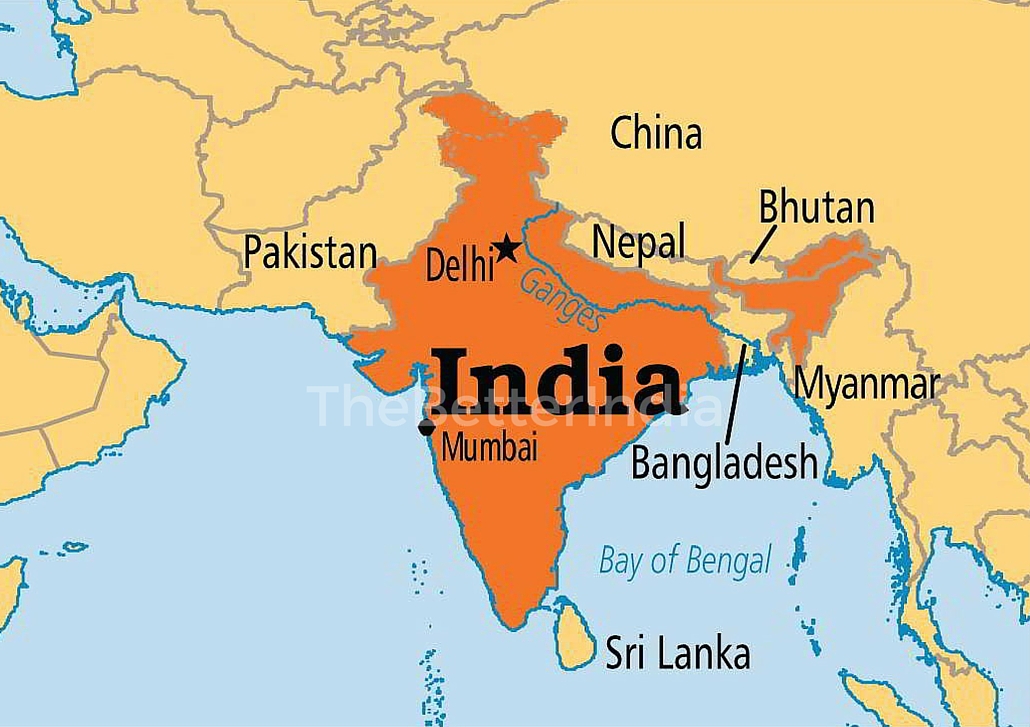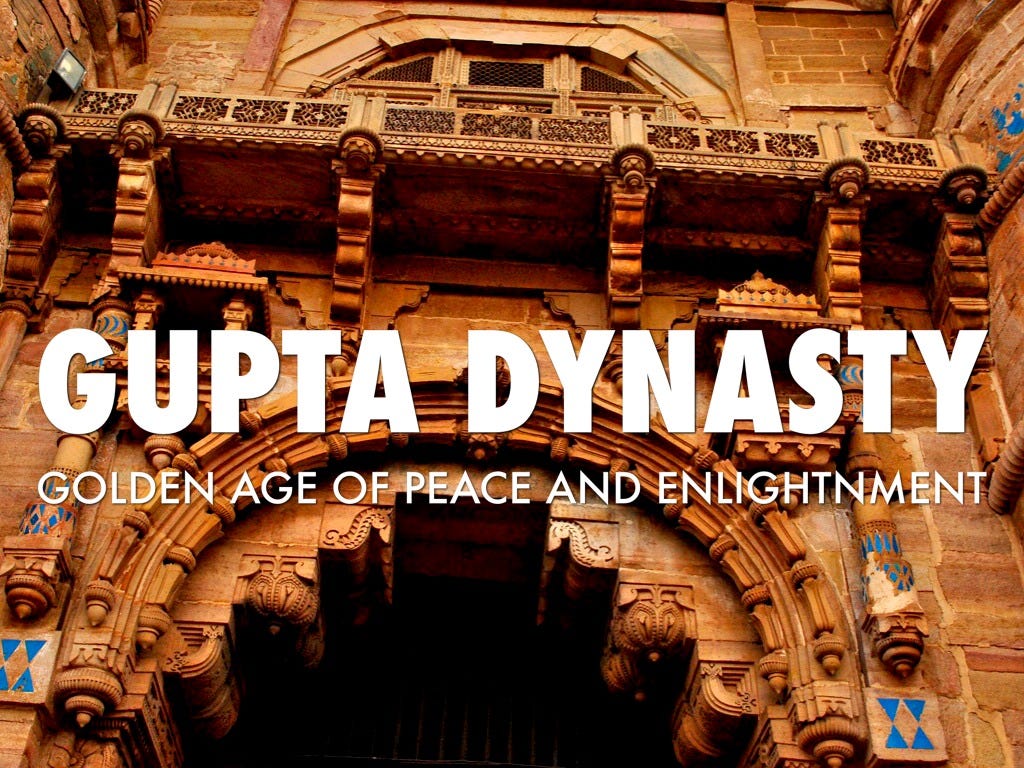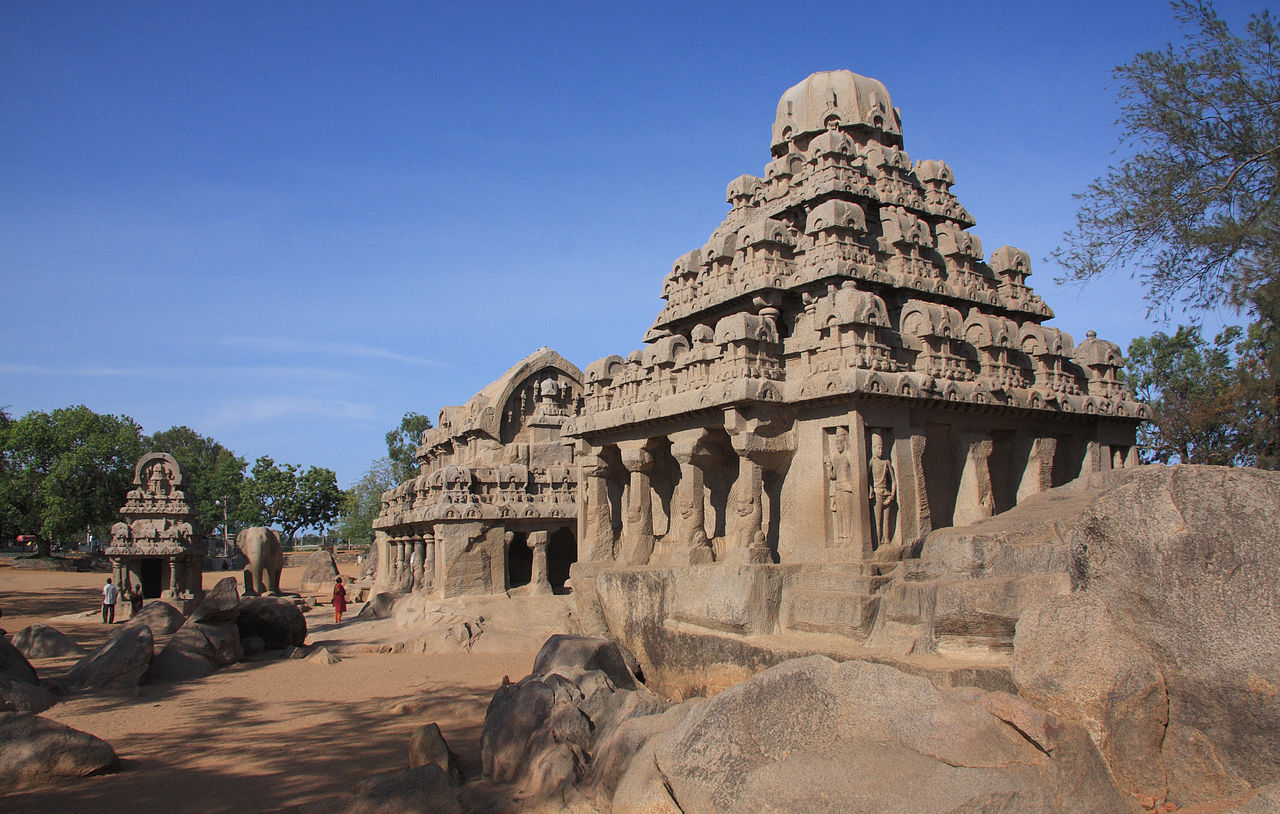
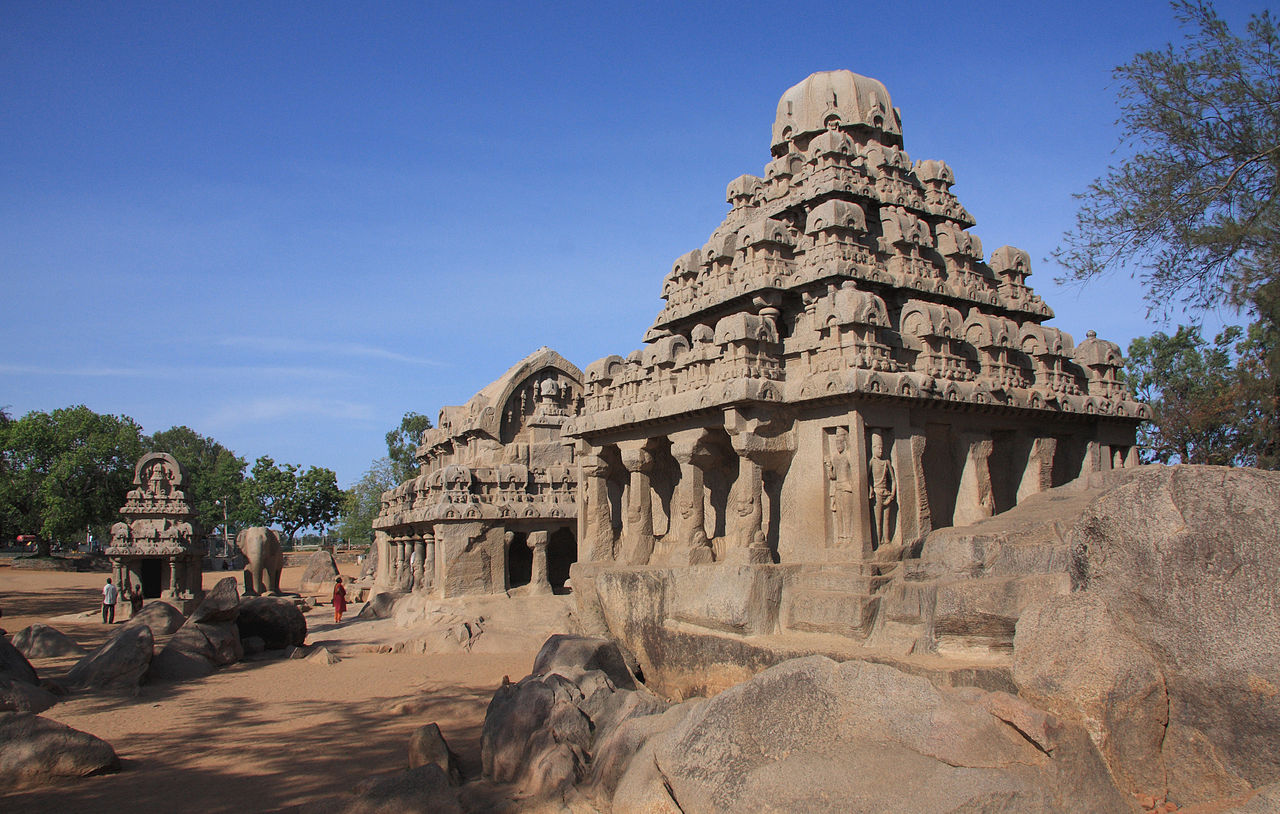
Previous Year Questions GK Quiz Most Important Multiple Choice Questions (MCQs) Study Material of Ancient India, India History, Gupta Dynasty, Nanda dynasty, Chola Dynasty, Indus Valley Civilization,
Previous Year Question Most Important Multiple Choice Quiz Questions (MCQs) on Ancient Indian History for General Studies and General Awareness, India GK for GK preparation of various competitive exams like UPSC, IAS, PCS, SSC CGL, SSC CHSL, SSC MTS, SSC GD, Steno, Railway Constable Group D, Banking, Delhi police, NDA, AFCAT, CDS, UPSSSC, UPPSC, BPSC, All State PSC Exams, and all one day examination. These questions are based on previous year Question Paper of Various Government and competitive exams papers and TCS pattern.
These Previous Year Questions (PYQ?s) series of 10 important multiple-choice questions (MCQs) related to the Ancient Indian History, India GK. These questions are part of our India GK series and also a part of Ancient Indian History .
Previous Year Based Question (PYQ;s) are following,
1. Who were the first kings to issue gold coins in India?
(1) Mauryas
(2) Indo-Greeks
(3) Guptas
(4) Kushans
(SSC Combined Graduate Level Prelim Exam. 24.02.2002 (IInd Sitting)
Correct Answer ? (2) Indo-Greeks
Explanation- (2) The Indo-Greek kings were the first to issue gold coins in India and their coins were special in the sense that each king had his own distinctive coins by which he could be definitely identified. The names of at least thirty Bactrian kings are known with the help of numerous coins, and they help in the reconstruction of the history of the kings. The coins carry legends in Greek and also in Kharosthi and Brahmi
2. The rulers of which dynasty started the practice of granting tax-free villages to Brahmanas and Buddhist Monks?
(1) Satavahanas
(2) Mauryas
(3) Guptas
(4) Cholas
(SSC Combined Graduate Level Prelim Exam. 27.02.2000 (Ist Sitting)
Correct Answer ? (1) Satavahanas
Explanation - (1) Land grants formed an important feature of the Satavahana rural administration. Inscriptions show that the Satavahanas started the practice of granting fiscal and administrative immunities to Brahmins and Buddhist monks. Earlier, the grants to individuals were temporary but later grants to religious beneficiaries were permanent. Perhaps the earliest epigraphic grant of land is found in the Nanaghat Cave Inscription of naganika, who bestowed villages (grama) on priests for officiating at Vedic sacrifices, but it does not speak of any concessions in this context. These appear first in grants made by Gautamiputra Satakarni in the first quarter of the second century A.D.
3. Yavanika or curtain was introduced in Indian theatre by which of the following?
(1) Shakas
(2) Parthians
(3) Greeks
(4) Kushans
(SSC Combined Graduate Level Prelim Exam. 27.02.2000 (IInd Sitting)
Correct Answer - (3) Greeks
Explanation - The concept of "Yavanika" or curtain in Indian theatre was introduced during the rule of King Harsha (606-648 CE) of the Vardhana dynasty. King Harsha was a patron of the arts and is credited with making significant contributions to Indian theatre. The term "Yavanika" likely has Greek origins, as it is derived from the word "Yavana," which referred to the Greeks. The introduction of the Yavanika is an example of cultural exchange and influence between different civilizations in ancient India.
4. The most important text of vedic mathematics is :
(1) Satapatha Brahman
(2) Atharva Veda
(3) Sulva Sutras
(4) Chhandogya Upanishad
(SSC Combined Graduate Level Prelim Exam. 27.02.2000 (Ist Sitting)
Correct Answer - (3) Sulva Sutras
Explanation - The most important text of Vedic mathematics is the "Vedas" themselves, particularly the "Atharva Veda" and the "Sulba Sutras" (also known as Sulbha Sutras). Vedic mathematics is a collection of mathematical techniques and principles that can be found within the ancient sacred texts of the Vedas, primarily in the Sulba Sutras.
The Sulba Sutras, part of the larger Vedic literature, contain valuable mathematical knowledge, especially related to geometry and algebra. These texts provide insights into various mathematical concepts, including geometric principles, methods for constructing altars and fire pits, and techniques for solving mathematical problems.
5. Who started the Saka Era which is still used by the Government of India?
(1) Kanishka
(2) Vikramaditya
(3) Samudra Gupta
(4) Asoka
(SSC Combined Graduate Level Prelim Exam. 27.02.2000 (IInd Sitting)
Correct Answer - (1) Kanishka
Explanation - (1) The mightiest of the Kushan rulers in India was Kanishka. He was in power from 78 AD to 120 AD. It was Kanishka who initiated the Saka Era in 78 AD. Through inheritance and conquest, Kanishka?s kingdom covered an area extending from Bukhara (now in Uzbekistan) in the west to Patna in the Ganges Valley in the east, and from the Pamirs (now in Tajikistan) in the north to central India in the south. His capital was Purushpura (Peshawar)
6. What inspired the paintings of Ajanta ?
(1) Compassionate Buddha
(2) Radha-Krishan Leela
(3) Jain Thirthankaras
(4) Mahabharata encounters
(SSC Section Officer (Audit) Exam. Held on 09.09.2001)
Correct Answer - (1) Compassionate Buddha
Explanation - The Ajanta Caves in Aurangabad district of Maharashtra, India are 30 rock-cut cave monuments which date from the 2nd century BCE to the 600 CE. The paintings of Ajanta were primarily inspired by "Compassionate Buddha" (Option 1). These paintings depict scenes from the life of Buddha, Jataka tales (stories of Buddha's previous lives), and various Buddhist deities and symbols. The primary theme of Ajanta's paintings is related to Buddhism and the life and teachings of Lord Buddha.
7. Who among the following was the first to invade India ?
(1) Xerxes
(2) Alexander
(3) Darius-I
(4) Seleucus
(SSC Section Officer (Audit Exam. 09.09.2001)
Correct Answer - (3) Darius-I
Explanation - (3) In about 518 BCE, the Persians invaded India. They were led by King Darius I, who conquered the Indus Valley and the area that is now the state of Punjab. Darius-I was successful in maintaining power, and his descendants continued to rule the area when he died. Darius-I also began to collect a tribute tax, and spread news of India?s many natural resources to Europe.
8. Which among the following is the oldest dynasty ?
(1) Maurya
(2) Gupta
(3) Kushan
(4) Kanva
(SSC Combined Graduate Level Prelim Exam. 24.02.2002 (Ist Sitting)
Correct Answer - (1) Maurya
Explanation - The oldest dynasty among the options provided is the "Maurya" dynasty (Option 1). The Maurya dynasty, founded by Chandragupta Maurya, dates back to the 4th century BCE and is one of the earliest major dynasties in ancient India. The dynasty is known for its contributions to the spread of Buddhism, with Emperor Ashoka being a prominent advocate of the religion.
9. Where is Brihadeshwar Temple situated ?
(1) Kanchi
(2) Madurai
(3) Shri Shailan
(4) Tanjore
(SSC Combined Graduate Level Prelim Exam. 24.02.2002 (IInd Sitting)
Correct Answer - (4) Tanjore
Explanation - The Brihadeshwar Temple, also known as the Brihadeeswarar Temple or Peruvudaiyar Kovil, is situated in "Tanjore" (Option 4). It is a remarkable Hindu temple located in the city of Thanjavur in the Indian state of Tamil Nadu. The temple is renowned for its architectural grandeur and is dedicated to Lord Shiva. . The temple is part of the UNESCO World Heritage Site ?Great Living Chola Temples
10. Where did Lord Buddha breathe his last?
(1) Rajgir
(2) Bodh Gaya
(3) Sarnath
(4) Kushinagar
(SSC Combined Graduate Level Prelim Exam. 24.02.2002 (IInd Sitting) and
(SSC Section Officer (Commercial Audit) Exam. 25.09.2005 and
(SSC Combined Matric Level (PRE) Exam. 16.06.2002 (Re-Exam)
Correct Answer - (4) Kushinagar
Explanation - Lord Buddha breathed his last in "Kushinagar" (Option 4). Kushinagar, also known as Kusinara, is a significant pilgrimage site for Buddhists and is located in the state of Uttar Pradesh, India. It is where Lord Buddha is believed to have attained Mahaparinirvana, which is the final state of enlightenment and liberation from the cycle of rebirth.
These Previous Year Questions (PYQ?s) series of 10 important multiple-choice questions (MCQs) related to the Ancient Indian History, India GK. These PYQ?s questions are part of our India GK series. You can read Ancient Indian History Series Part 1 by Clicking HERE.

